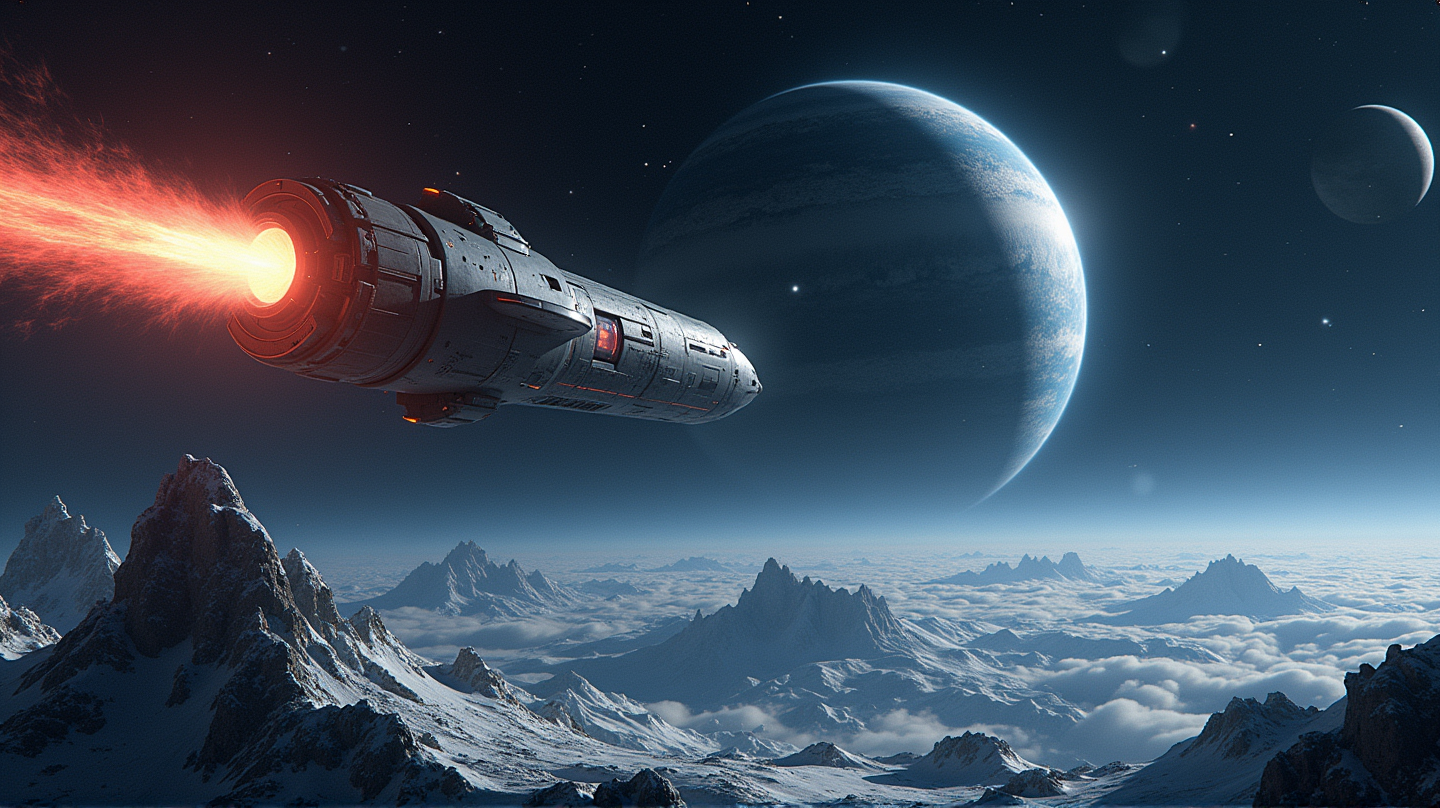Fusion Rocket on a Historic Journey: Solving the Sedna Mystery
Sedna's 2076 approach offers a fleeting chance for exploration. Fusion rockets might be our best bet to unravel its secrets.

In an exciting intersection of history and technology, the year 2076 will mark Sedna’s closest approach to the Sun in thirteen millennia. This celestial curiosity, nestled in the far reaches of our Solar System, beckons with untold mysteries and unprecedented exploratory opportunities—provided we seize the moment.
A Long-Awaited Moment
Sedna’s elliptical path takes it to the edge of the Solar System, making its 76 AU (astronomical units) proximity in 2076 a rarity not seen since humans began farming in the Stone Age. Such alignment has captivated astronomers for decades, igniting discussions on how to make this chance a reality.
The Marvel of Direct Fusion Drives
A recent study highlights the potential of utilizing direct fusion drives (DFDs) to undertake this ambitious voyage. Traditional rockets, hamstrung by fuel inefficiencies, would take up to 30 years to reach Sedna. In contrast, DFDs could drastically shorten this timeline while enabling an orbital insertion—a feat solar sails and conventional technologies could only dream of.
According to Popular Mechanics, this technological edge affords a payload 1,000 times heavier than its solar sail counterpart, offering a capacity of 1,500 kg for instruments that could unlock Sedna’s potential secrets.
Challenges and Triumphs
It’s a gargantuan task, this mission to Sedna. The journey will require overcoming the hurdles of OWLT (one-way-light-time), as communication with a spacecraft so distant will prove intricate. With an OWLT of about 13 hours from Sedna, swift decision-making and control poses its own set of unexpected challenges.
While fusion technology hasn’t yet been perfected for space use, the pioneering spirit behind such an exploratory endeavor rekindles hope in the realms of scientific discovery. Successful development might spark a new era of exploration, diminishing distances, and broadening our cosmic horizons.
The Solar System’s Furthest Frontier
Sedna acts as a celestial emissary between us and the enigmatic Oort cloud, holding clues about the outermost edges of our home Solar System. This mission stands as not just a technical challenge but a philosophical one—a quest to comprehend our cosmic neighborhood on an unmatched scale.
The possibilities in front of us are immensely promising. While it stands at more than twice Pluto’s distance from the Sun, Sedna offers profound insights waiting for us across the abyss of space. But time is not on our side; the urgency is palpable. With 2076 edging closer, it’s imperative that we harness technology to prevent Sedna’s story from slipping once more into darkness.
Let us embark together, fueled by the power of fusion and driven by an insatiable curiosity, towards a new chapter of cosmic understanding.

